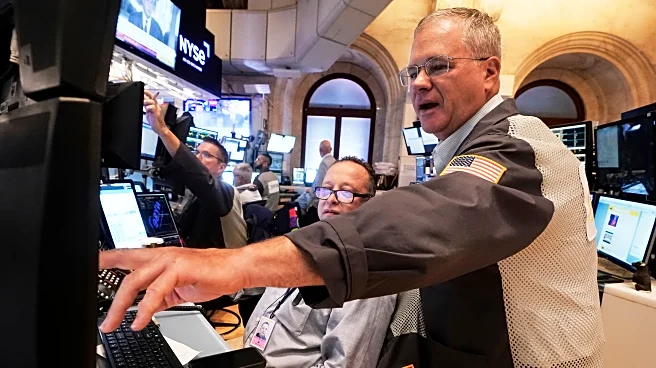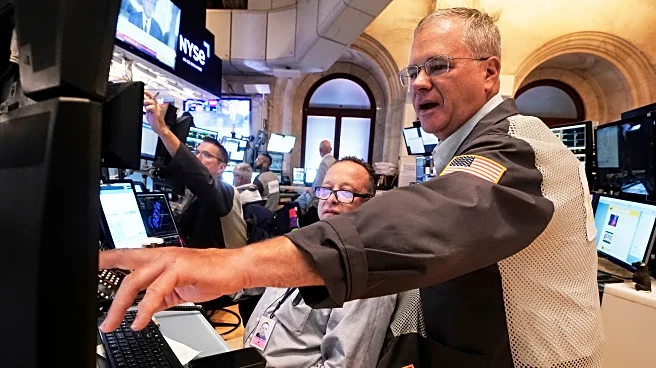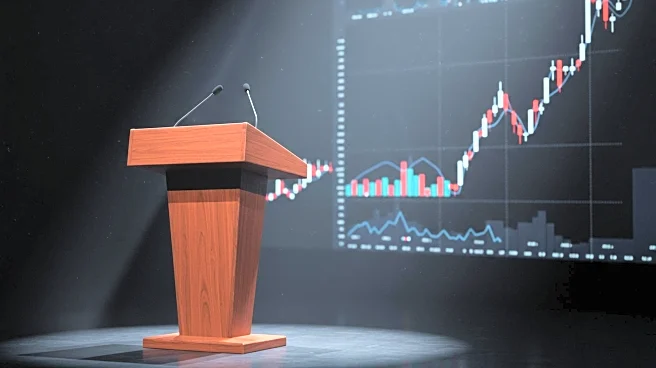What's Happening?
Wall Street is bracing for another challenging September, as historical data shows a consistent pattern of declines for the S&P 500 during this month. Over the past five years, the index has averaged a 4.2% decline in September, with losses recorded in four of those years. This trend extends over a decade, with an average 2% decline in six out of ten years. Despite recent record highs in August for the S&P 500, Dow Jones Industrial Average, and Nasdaq Composite, driven by expectations of Federal Reserve monetary policy easing, September remains a historically tough period for equities. Nvidia's upcoming earnings report is anticipated to potentially stabilize the faltering artificial intelligence trade, offering a possible boost to the market. Traders at JPMorgan remain optimistic, suggesting Nvidia could invigorate market sentiment. However, the Federal Reserve's potential rate cut in mid-September, following Chair Jerome Powell's recent speech, remains a critical factor for market performance.
Why It's Important?
The anticipated market challenges in September hold significant implications for investors and the broader U.S. economy. A continued decline in the S&P 500 could impact investor confidence and financial markets, potentially affecting retirement savings and investment portfolios. The Federal Reserve's monetary policy decisions, particularly regarding interest rate cuts, are crucial in shaping market dynamics. A rate cut could provide a short-term boost to stocks, but concerns about stagflation and economic stability persist. Nvidia's performance and its influence on the artificial intelligence sector are also pivotal, as they could either mitigate or exacerbate market volatility. The outcome of these developments will be closely watched by investors, policymakers, and economic stakeholders.
What's Next?
The market's trajectory in September will largely depend on the Federal Reserve's actions and Nvidia's earnings report. If the Fed delivers a rate cut, it could temporarily bolster market sentiment. However, the risk of stagflation and broader economic challenges remain. Investors will also monitor Nvidia's performance, as it could influence the tech sector and overall market stability. The potential for further rate cuts in October and December adds another layer of complexity to market forecasts. Stakeholders will need to navigate these uncertainties carefully, balancing short-term gains with long-term economic considerations.













